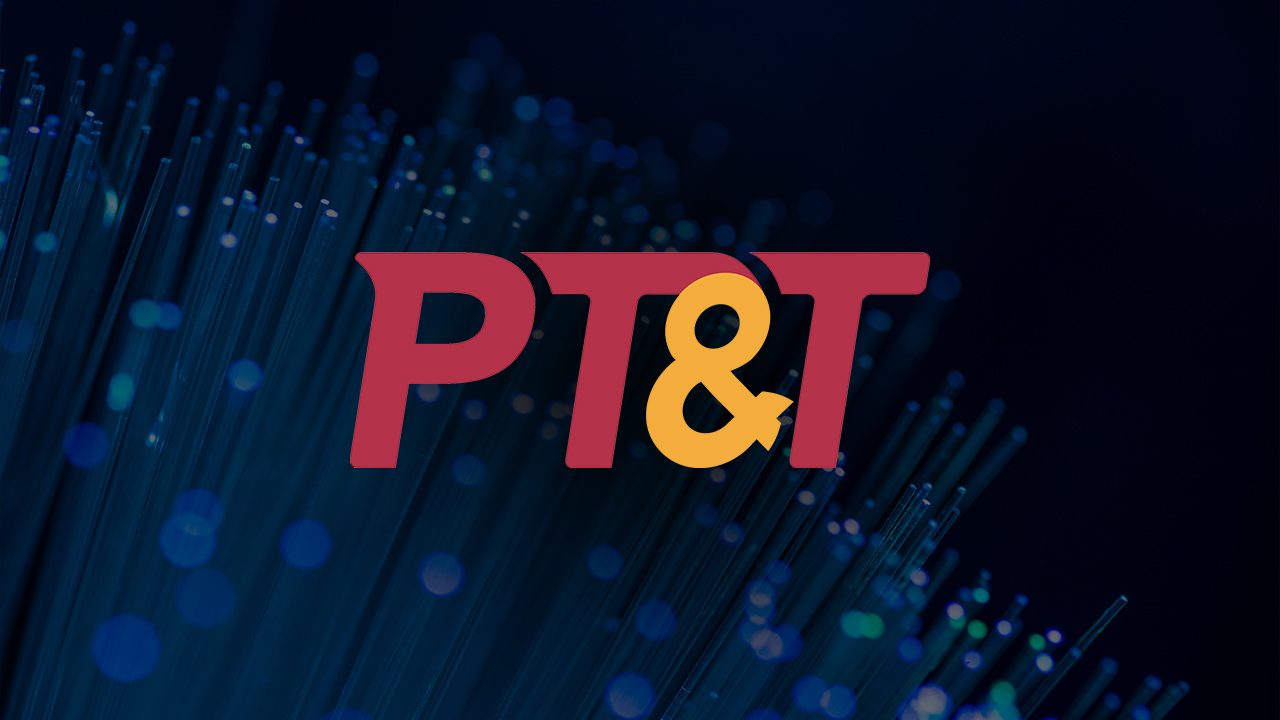SUMMARY
This is AI generated summarization, which may have errors. For context, always refer to the full article.

MANILA, Philippines – Those who grew up with a landline remember the Philippine Telegraph & Telephone Corporation (PT&T), one of the oldest and pioneering telecommunications companies in the country, up until its decline which was triggered by the 1997 Asian financial crisis.
From being once the rival of the likes of PLDT, PT&T has significantly reduced its footprint, especially as other players and new tech firms came into the picture. It still has some services in Calabarzon and Metro Manila, catering mostly to businesses and schools, but still far from its glory days.
PT&T was among the largest companies that fell during the Asian financial crisis. It was in so much debt that it asked the Philippine Stock Exchange (PSE) to suspend trading of its shares in 2004, as they could no longer comply with the reportorial requirements.
But after two decades, PT&T is eyeing a return to the stock market after it wiped out its P12-billion debt, according to its major shareholders.
Benjamin Bitanga, PT&T’s major shareholder, described it as one of the biggest corporate turnarounds in recent history. Bitanga is a shareholder of Rappler Holdings and Rappler Inc., representing the Dolphin Fire Group.
“We have asked the PSE to lift the trading suspension… We have extinguished all debts and we are now positive,” Bitanga said.
Bitanga, alongside Lucio Tan and Salvador Zamora II, formed a consortium and acquired a majority stake in PT&T in 2017.
For the most part, PT&T’s debt woes were extinguished after the company was able to convince its creditors to become shareholders themselves through a debt-to-equity deal, integrating them into the company for the long run.
“It will now be so much easier for us to move forward and expand. When we took over, out of 100% corporate time, 60-65% went to just cleaning. Only 35% went for operations. But now, with the rehab out of the way, 30% of our resources will now be channeled to the expansion,” Bitanga said in an interview.
Last November, PT&T received regulatory approval to hike its authorized capital stock by 230% to P12.6 billion, providing further space to pursue its expansion plans.
Market share
Returning to the capital markets will help PT&T in its expansion plans, which involves raising as much as $500 million overseas in the next three years, according to company president and CEO James Velasquez.

Velasquez said they are working with a “leading global financial adviser” to significantly increase its market share to 15% in 10 years.
“Right now, we’re in Metro Manila, Calabarzon. We want to cover the entire Philippines… probably 400 cities all over the Philippines,” Velasquez said.
Velasquez said around 20% of the country remains underserved in the broadband space, mostly in rural, residential areas.
PT&T will have to compete with its former rival PLDT, Ayala-led Globe, as well as Converge, which has registered the fastest expansion in recent years.
PLDT’s total home, fiber-only subscribers as of end-September 2023 stood at 3.14 million.
Meanwhile, Globe had over 1.7 million home broadband subscribers, as of September 2023.
Converge has a total residential subscriber base of close to 2 million.
As for PT&T, it said it has a total of 27,600 kilometers of fiber network that can cover nearly 40% of the Philippine population. As of end-2022, PT&T had just a total of 2,120 “active circuits,” which represent its subscriber base.
In terms of speed, Converge was cited by OpenSignal as the fastest, with average speeds of 52.8 Mbps, which is 14.6% faster than second-placed PLDT.

In terms of consistency, Globe and PLDT users have the most consistent broadband experience, according ot OpenSignal.
Optimism
While PT&T was established before the advent of text messaging, the company has made efforts to remain relevant and compete with big players given its financial position.
PT&T, alongside Chavit Singson, once aspired to be the third telco player, only to fail in the bidding process. PT&T failed to show it had been operating at national scale, while Singson was not able to prove financial capabilities.
Most recently, it has teamed up with Australian company NetLinkz in selling Elon Musk’s Starlkink in the Philippines. Starlink service uses a network of low Earth orbit satellites, a technology of Musk's SpaceX. It was first made available in the Philippines with Henry Sy Jr.'s data company, Data Lake.
Its Starlink plans offer data caps ranging from 50 gigabytes to 6 terabytes with speeds of up to 40 mbps.
In its annual report, PT&T admitted that the entry of new players and technology severely affected its ability to settle its maturing debts.
For 2024, however, PT&T executives are optimistic that they will be able to turn the company around and attract some seven million Filipinos to avail of their offerings.
Raising capital for next year will also be better, according to Bitanga.
"I'm very optimistic, especially when [US Federal Reserve chairman]Jerome Powell signaled [rate cuts]. I think they will have three rate cuts next year. So, the Philippines will follow soon. Investors will leave bonds and interest-bearing instruments and they'll go back to the stock market," Bitanga said.
PT&T is aiming to increase its revenues by as much as P3 billion to P5 billion in the next few years. So far, in 2023, it has incurred losses of P57 million, while its revenues reached P396 million.
With big competition and a fast-paced tech landscape, PT&T has bigger challenges ahead.
When asked for a possible rebrand to attract a new generation of consumers, Velasquez was mum on the possibility.
The only clue on its branding efforts is its retention of the Pocketbell brand which was once used for its pagers. Now, it’s an app where customers lodge complaints or receive updates. – Rappler.com
Add a comment
How does this make you feel?
There are no comments yet. Add your comment to start the conversation.